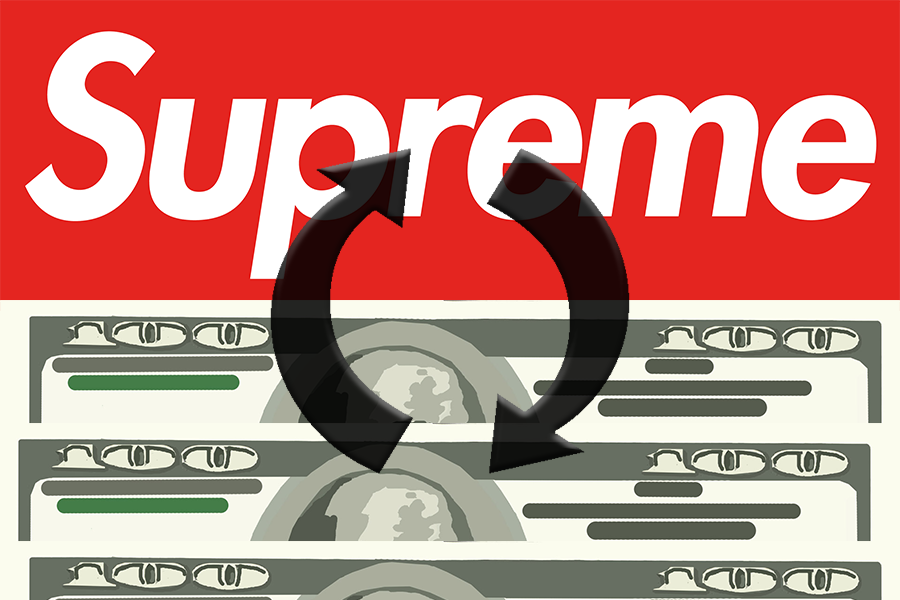Hypebeast Culture Gains Popularity
June 7, 2018
Supreme, Bape and Adidas Yeezy Boost have all become household names due to their increased popularity with many adults and teens purchasing these items. In addition to these regular purchases, resellers have increased each brand’s reputation and made themselves hefty profits in secondary markets.
The resale industry has grown to be worth $18 billion, according to a 2017 article by Forbes. Much of the reselling occurs online through sites such as Ebay, DePop and Stock X. Some students are joining the culture and reselling products for a profit.
“I realized I needed money in eighth grade [over the] summer,” sophomore Michael Bulong said. “I was really into streetwear so I decided to resell that.”
Streetwear is an up and coming style consisting of casual, trendy clothing typically worn by urban youth.
By running his own small business, Bulong has had to make many of the same decisions as any company such as what to add to his inventory and what he thinks will be in high demand.
“It’s my own personal business in a way. Items drop every Thursday so whatever is most hyped out of the collection, I prioritize those items to receive a higher profit,” Bulong said.
The word hypebeast originated as an insult term for someone who pays close attention to fashion trends in streetwear. But in 2005, college student Kevin Ma started a website to report on fashion.
Celebrity endorsements of brands have created a subculture that creates a high demand for streetwear and other brand names. The companies follow an economic principle of supply and demand, keeping prices high and releasing a small quantity of certain items. Supreme only has ten brick and mortar stores world wide, and they underproduce new items.
“If we can sell 600, I make 400,” founder of Supreme James Jebbia told Complex Magazine in 2013.
Having a highly sought after product that is rare is the reason why clothing items can sell out so quickly and be resold for hundreds of dollars.
“I got into shoes a couple months ago; I learned a lot about the culture,” sophomore Andres Carbajal said. “These are really sought after shoes, so I love them, and when I got the opportunity to get them, I jumped on the opportunity.”
Profits from resales vary by sellers can range between $70-$600 based on how hyped or in demand the item is.
“On a semi hyped drop [I’d make] maybe $70-$100 , but on big drops $200-$600,” Bulong said.
Big Drops occur periodically throughout a season, being an event where the company releases new items for sale to the public. Supreme only has two seasons per year, so Bulong has opportunities to make money selling new Supreme drops four times a year. A bulk of his profits come from smaller drops or item releases in which he generates around $100 of profit per week.






Olan Bradshof • Jun 11, 2018 at 10:32 pm
Andrew I love you